
"But I could see, after five or six years at Art & Design, that the print world was shrinking."
"I knew I had to leave the comfort of that nice studio because I knew [the illustration business] was getting smaller... I could see it shrinking... so I had to go out on my own."

In 1968, Tom opened his own studio across the street from the Arts and Letters Club in downtown Toronto. "I was really scared," says Tom today. "I didn't know what to do... how do you promote? No one thing in my experience was the answer. I did mailings, I bought space in Black Book... I had things in Communication Arts... but the first two years were tough. And I wondered why I'd left the comfort of that nice studio at ADS. Because I ended up making half as much as I had at my salaried job and I worked twice as many hours."

I asked Tom if, when he spoke with other illustrators, there was a general sense that the market for illustration was in decline. He says, "Most of them had work. Jerry [Sevier] and I could do a broad range so that meant we could do either roughs or storyboards or different kinds of finish. [Some artists] were a little more selective. They would do book covers, they would do editorial... but they didn't want to bother with the commercial stuff."
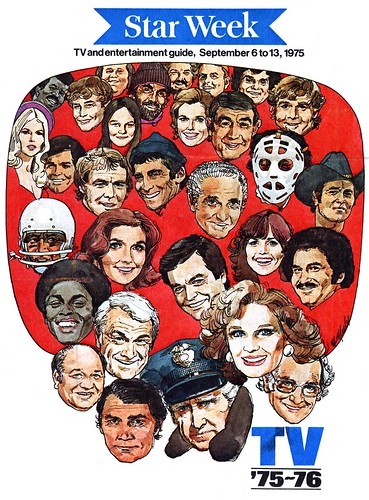
Commercial work or not, Tom found it hard to land the really lucrative advertising assignments very often. "The studios all had salespeople who practically sat on the doorstep of the ad agencies in hopes of getting a job that day. So I learned you have to do a range of things."

"Because of the nature of the auto advertising illustration I could also do architectural stuff. That created one more source [of work]. At least once a month I would do one [architectural concept painting]."
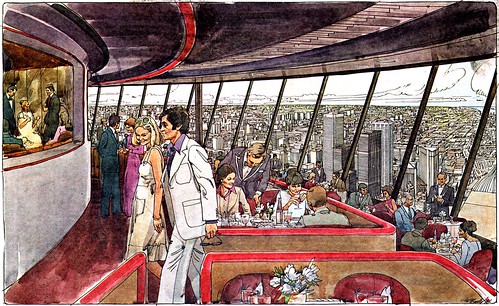
"But that's why I've had a very busy career... if I wasn't doing something for magazines or some agency or National Geographic of the British publications, I did architectural, or corporate, or publishing. I knew you had to be flexible."
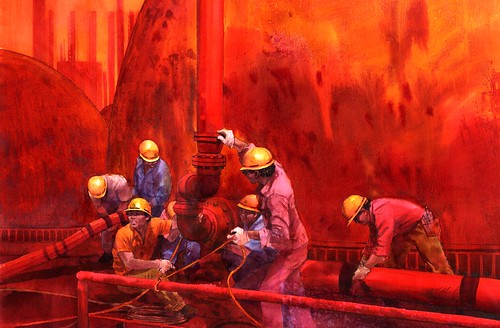
"And that's not all bad. My comparison once again is to the New York artists just getting one thing down and worrying it to death: If you do a broad range of stuff, you become a broader person and should have a better solution. You don't burn out as fast."

"What I like about [my career] is I wasn't doing the same flower painting over and over. The subject changed by the week, by the month... and I liked the process of researching it because it opened your head up to what's been done before. And you could pick and choose the things that grab you... colour, shape, drama."
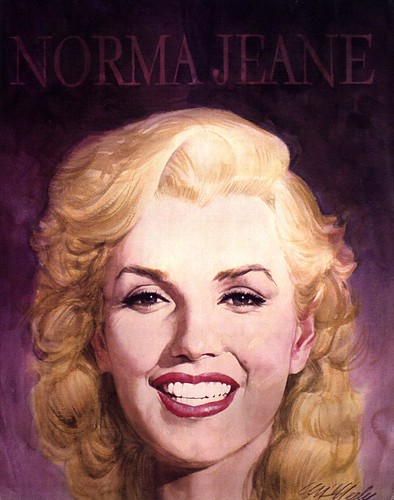
"When you work in the studios they didn't want you to spend a lot of time going to the library and so on. They'd say, 'Aw, use your clip file and get it out of here this afternoon', and I understand that."
"But at least when I went on my own I could do the research I wanted... do all that preliminary... and then paint with as much abandon as possible."
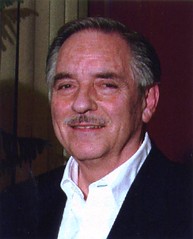
This coming weekend will see the launch of "Tom McNeely, 50 Years of Visual Arts", a book showcasing work from every period in Tom's career. If you would like to order the book, you can contact the artist at fmcneely(at)rogers(dot)com
My Tom McNeely Flickr set.
Thanks again for showing this amazingly diverse body of work. This last group yielded my favorite of all, the paperback cover. What a feat to illustrate three horses, three cowboys, a herd of cattle, and keep it all fresh!!! Beautiful value and gorgeous effect of light.
ReplyDeleteBarbara
Just dropping ya a line to say that I've been enjoying this series.
ReplyDeleteThanks for posting :)
at last put a name to my amazing toronto print. having worked in adv here in scotland found his career facinating.
ReplyDelete